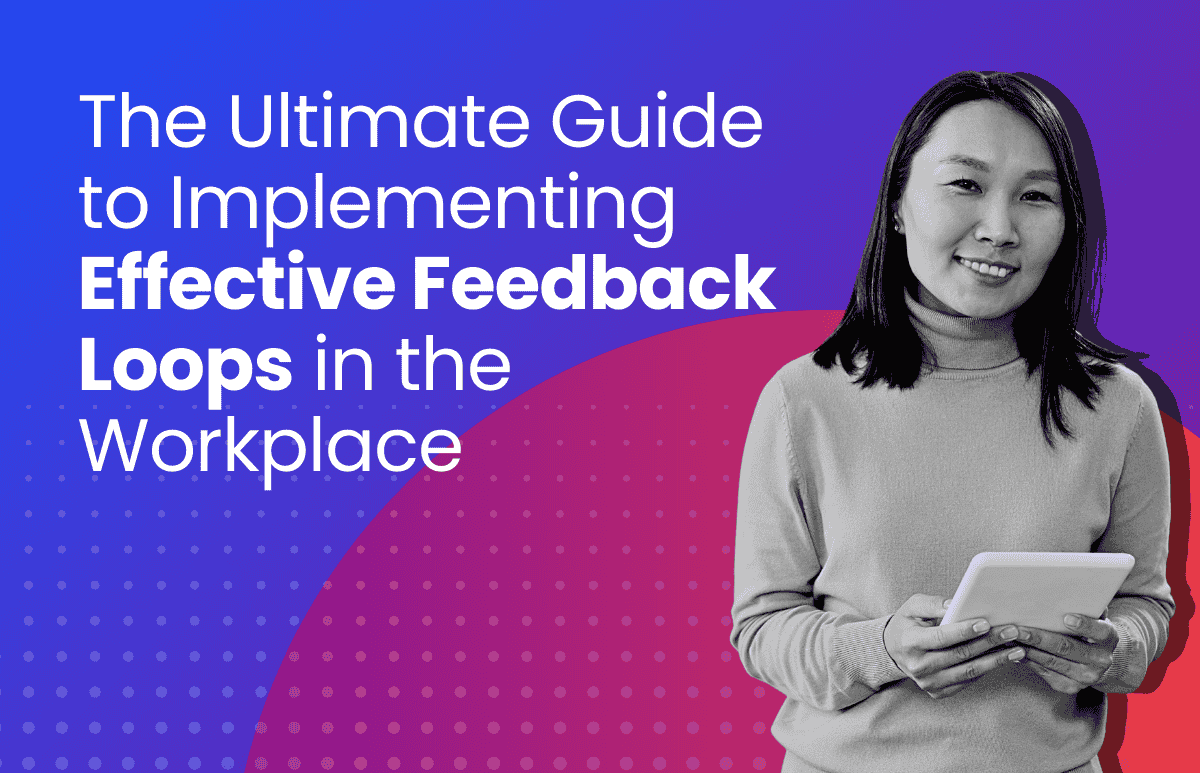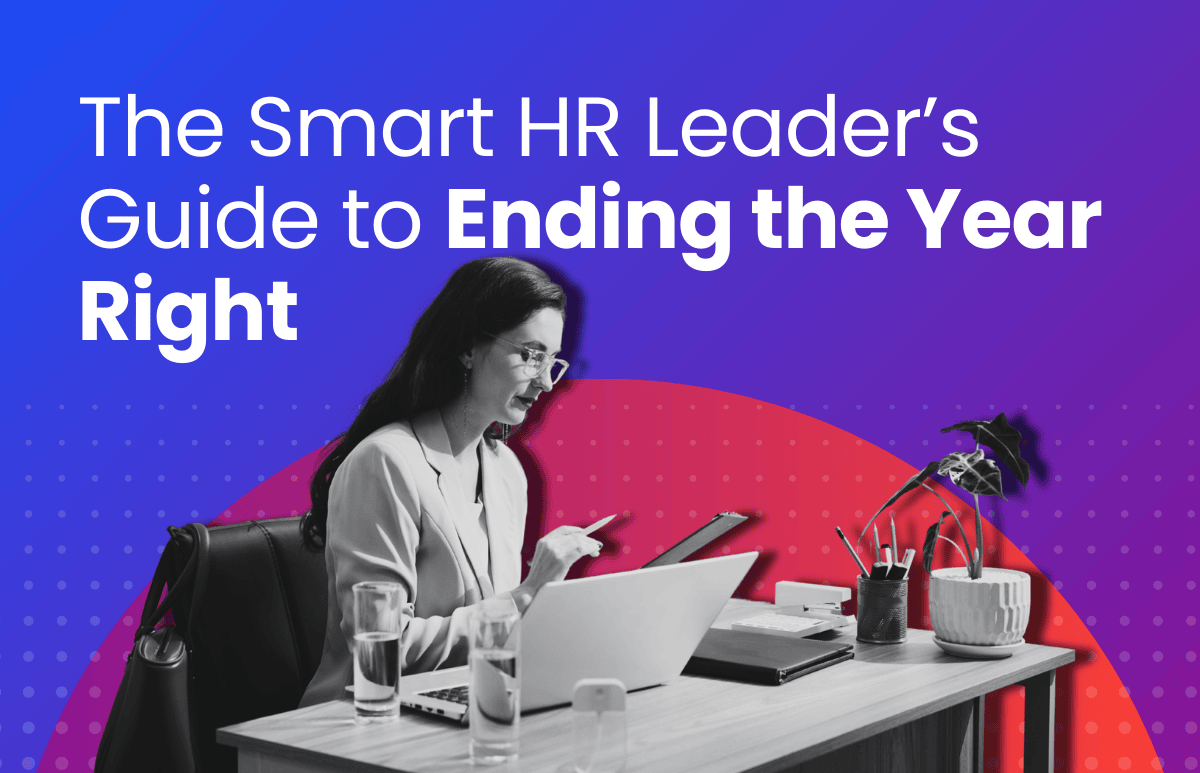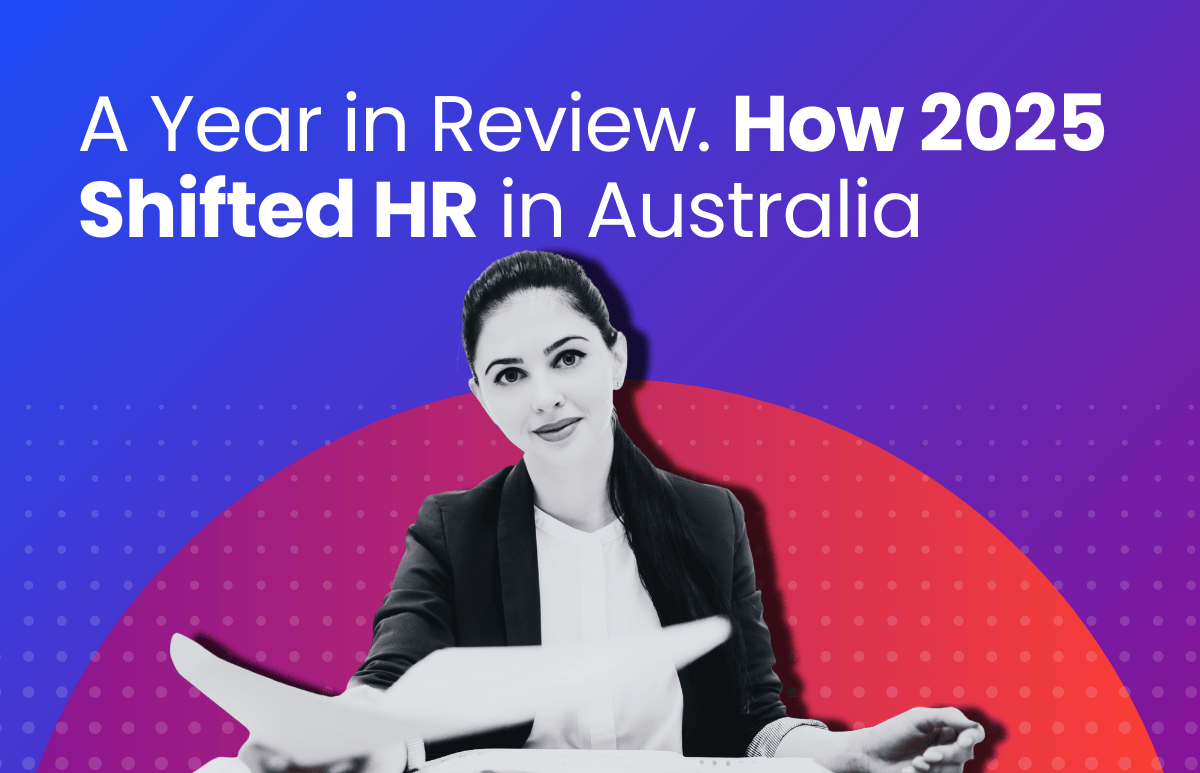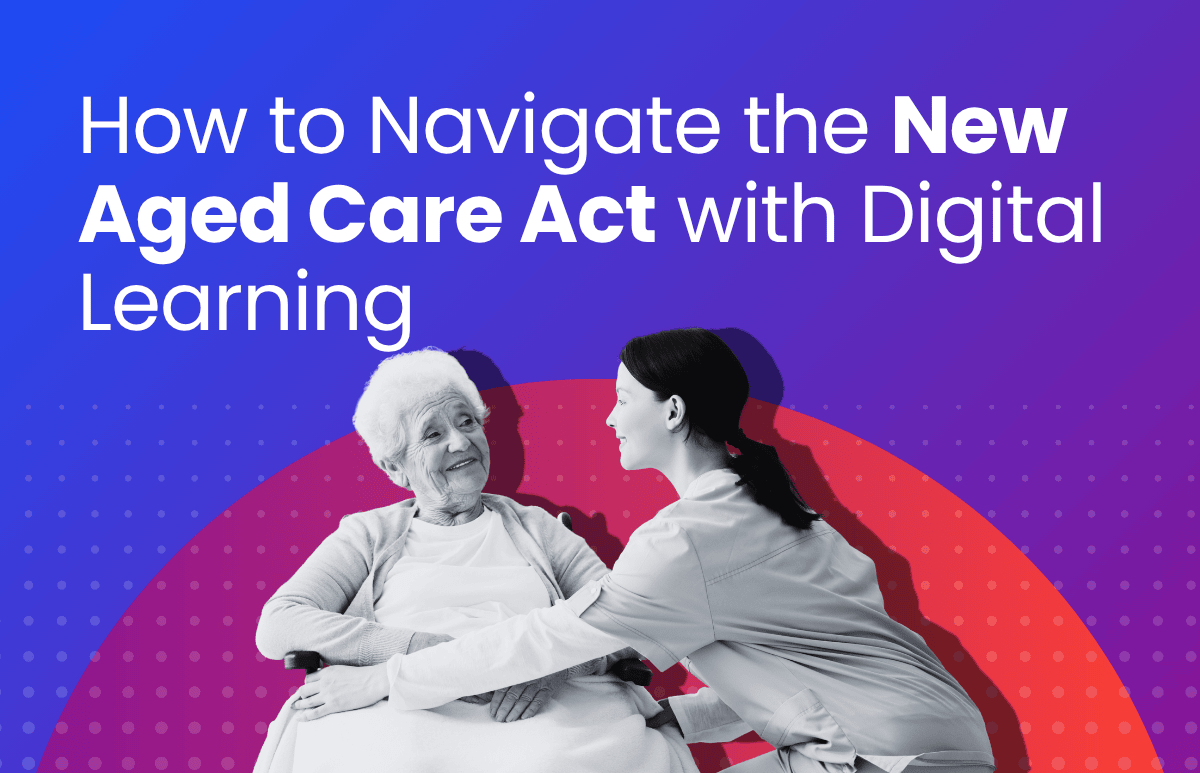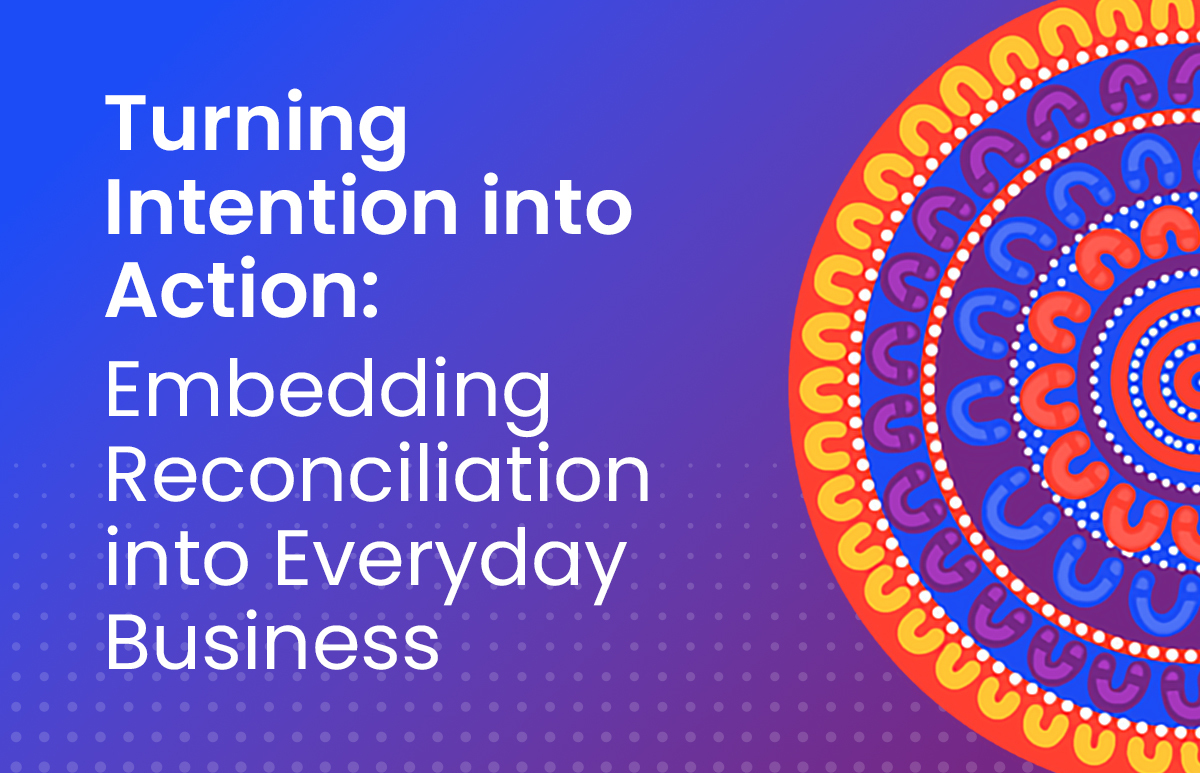Employee Experience – Are Employees Becoming the Elephants in the Room?

Must be a huge room, eh? But jokes apart, across the globe, employee experience (EX) is becoming an increasingly important factor for Human Resource (HR) managers and leaders while planning their processes. According to a Deloitte report, 80% of executives found employee experience to be important, but only 22% thought their company was providing a good enough EX to them. Now that is a huge gap that can come back to bite your company in a big way, and soon! The Deloitte report mentions that companies need to stop ignoring this elephant in the room and must improve their employee experience to attract and retain skilled employees, and quick!
Employees the Most Important Asset? Really?
If employees were given a dollar every time they had to hear the management say, ‘Our employees are our most important asset’, they would all be millionaires! We are not saying that companies do not value their employees. We are, though, suggesting that it is important for the employee to feel valued and cared for and that means “walking the talk”.
Ironically, most companies get it wrong right from day 1! How? Imagine you walk into a restaurant, a good one. The maître d greets you nicely, seats you next to the window with a lovely view and then, instead of a food or drinks menu, hands you over a booklet of things you can and cannot do while inside the restaurant! That would put you off, now wouldn’t it?
But think of the first thing an employee is handed when they show up on the first day. Usually, it is a document outlining various company policies – management policies, IT policies, HR policies etc. But what is a policy, really? A set of rules, regulations, directions and mostly restrictions. When you look at it from an employee’s perspective, that doesn’t sound very welcoming or liberating now, does it?
Employees as Customers
We are not suggesting that companies are deliberately setting out to “put employees in their place” by setting the rules upfront. wittingly doing this. After all, companies spend countless dollars on the recruitment processes, training processes, performance and rem processes and other HR functions – all in the hopes of taking care of their employees. Where, then, lies the gap?
What will truly change the game, as far as employee engagement, performance and satisfaction are concerned, is changing the way we look at employees – not as a dispensable, disposable and replaceable workforce but a group of people who are as important, if not more so, as our clients. Inc. suggests that companies should look at their customer marketing research data to understand their employees’ challenges, needs and goals to provide them with a better experience at work – and leverage technology as much as possible to do so.
Elements of a Good EX
Most of us would agree that it makes sense to treat employees like adults! But is that what companies actually do with their long list of things employees can and cannot do say or even feel? In the same report, Deloitte mentions what they call the ‘Simply Irresistible Organisation’ model. According to this model, an ideal workplace for an employee means having work that is meaningful, supportive management, a positive work environment, opportunities to grow and trust in the company’s leadership. Forbes says that it is HR’s responsibility to make sure that the workplace is ready for this digital age with remote working and flexibility at the centre of EX. HR needs to be ready for a blended workforce and will need to put on what Forbes calls ‘the consumer marketing lens’ when looking at EX. We agree!
“But we will go out of business if we treated our employees like our clients”
No, we are not saying that EX should become a huge overhead for your company. Simply throwing money at this problem will not eliminate it. What we are suggesting, though, is to re-examine all your processes from scratch with the ‘employee as a client’ mindset. Could we make the performance process more transparent and participative? How can we be even more flexible than we are now? How do we communicate the flexibility we are offering to our employees? Do our employees know that their managers and even the management is approachable? What are our employees pain points and how we can take care of them? These are the type of questions we believe HR and management need to be asking themselves.
From Reactive to Proactive
The whole idea is to use EX design to transition from reactive and risk adverse to proactive. Most companies cannot afford to wait till they lose their key talent to their competitors before finding out it happened because of their rigid 9 to 5 policy. Accenture seems to agree – they foresee the future workforce to be ‘liquid’ which will expect ‘hyper-personalisation’, and technology will be the great enabler in this bold new era of EX. Employee self-service tools, tech-enabled performance and employee management processes, use of artificial intelligence such as Chatbots and internal blogs are some of the tech options companies could be looking at. A proactive approach to EX tries to look 5, 10 even 15 years into the future to identify gaps in the current workplace and HR models so that the right amount and type of resources can be invested in the workforce – after all, they are an organisation’s most important asset so we should be forward planning just like we do with our other important assets – research, predict and inform future decisions.
 HR Core
HR Core 